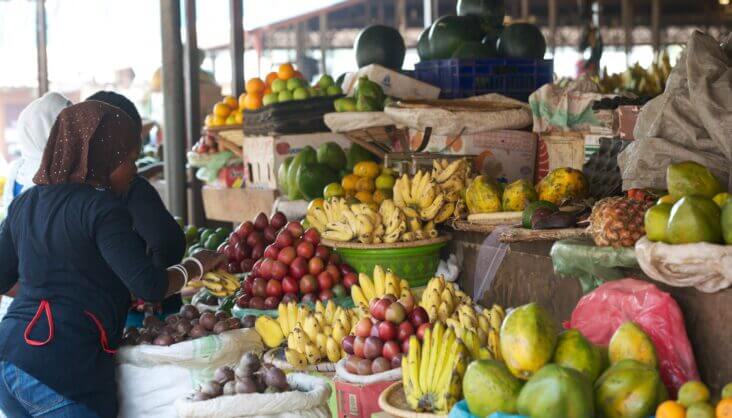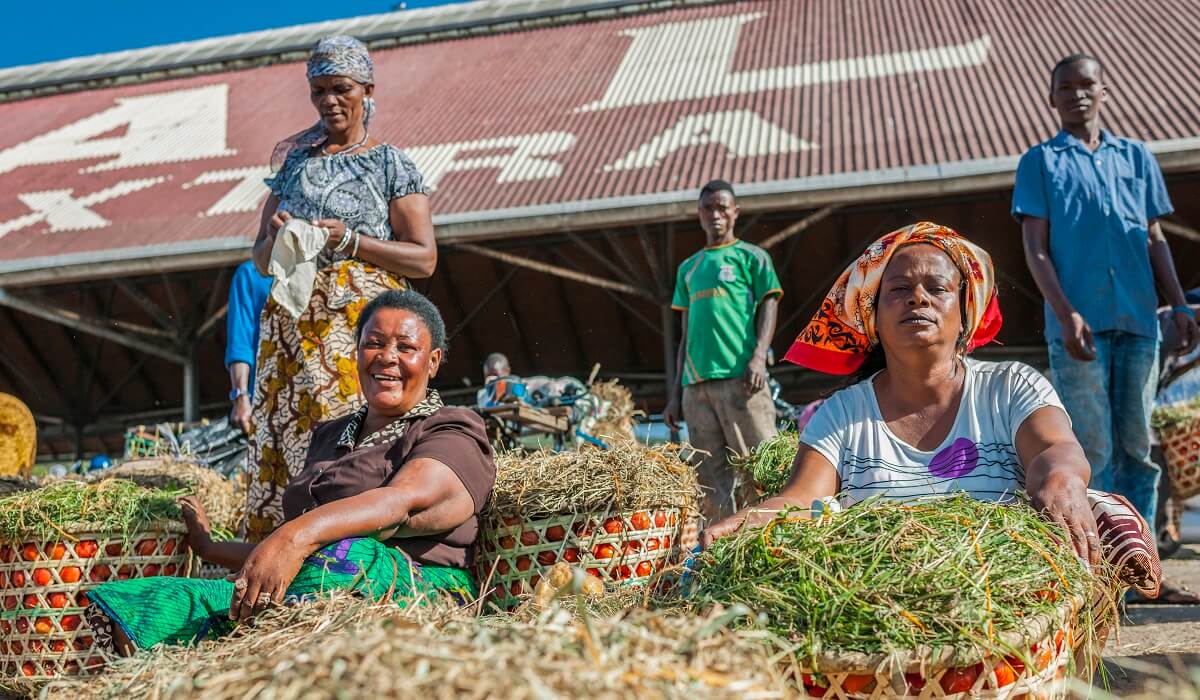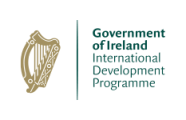The Food and Agriculture Organisation of the United Nations (FAO) in partnership with the Alliance for a Green Revolution in Africa (AGRA), TradeMark Africa (TMA) and Food Trade Coalition for Africa (FTCFA) converged in Tanzania at the 2023 Africa Food Systems Forum (AGRF), where they reflected on challenges and pathways for fair and inclusive trade environment for women and youth. With about 85% of the economic activity in Africa happens in the informal sector, women constitute close to 90% of the labour force. Developing pathways for formal and regulated markets has the potential to catalyse a switch from subsistence-leaning production systems to more market-oriented ones. Moderated by TradeMark Africa’s Director of Gender, Inclusion and Women, Gloria Atuheirwe, the panellists highlighted four main action points to ensure women and youth are provided with capacity building support to prepare them to take advantage of opportunities of trade especially in the purview of the African Continental Free Trade Area (AfCFTA). “In order to effectively engage in intra-regional trade, women and youth must understand how the trade system works. They must have access to trainings on sanitary, processing and packaging requirements, non-tariff barriers, crossing border posts, and registration with export authorities,” said Lauren Phillips, FAO Deputy Director of the Inclusive Rural Transformation and Gender Equality Division. Dr. Phillips also highlighted the importance of addressing structural issues through effective and inclusive policymaking: “How can we run, if we do not know how to walk? There are gaps to be closed before addressing the gaps in trade. These include, for example, limited...
Africa food forum roots for greater involvement of women and youth in intra-regional tradePosted on: September 15, 2023
Posted on: September 15, 2023

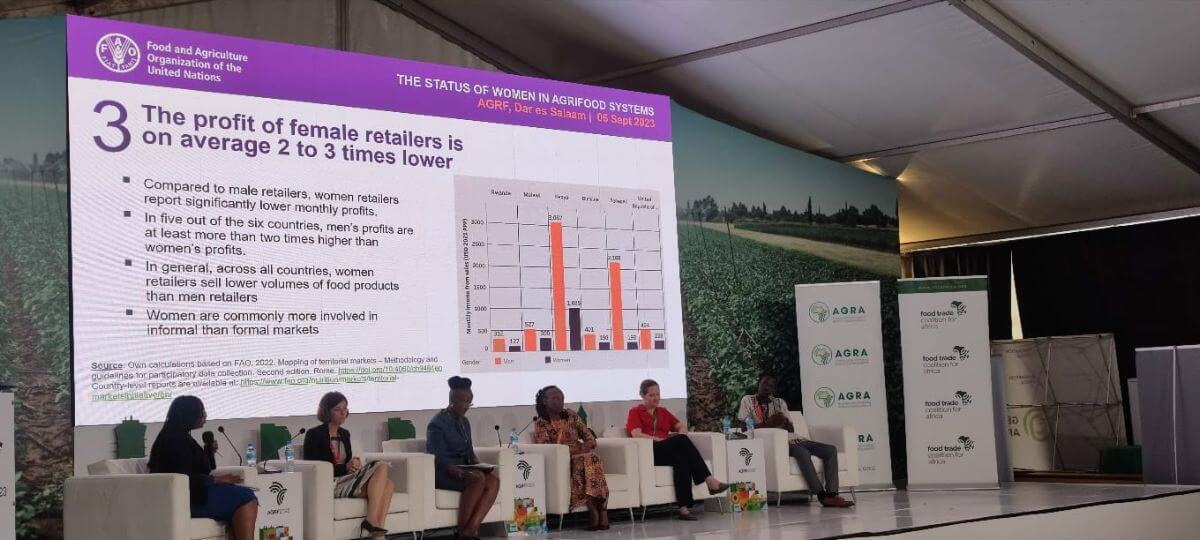
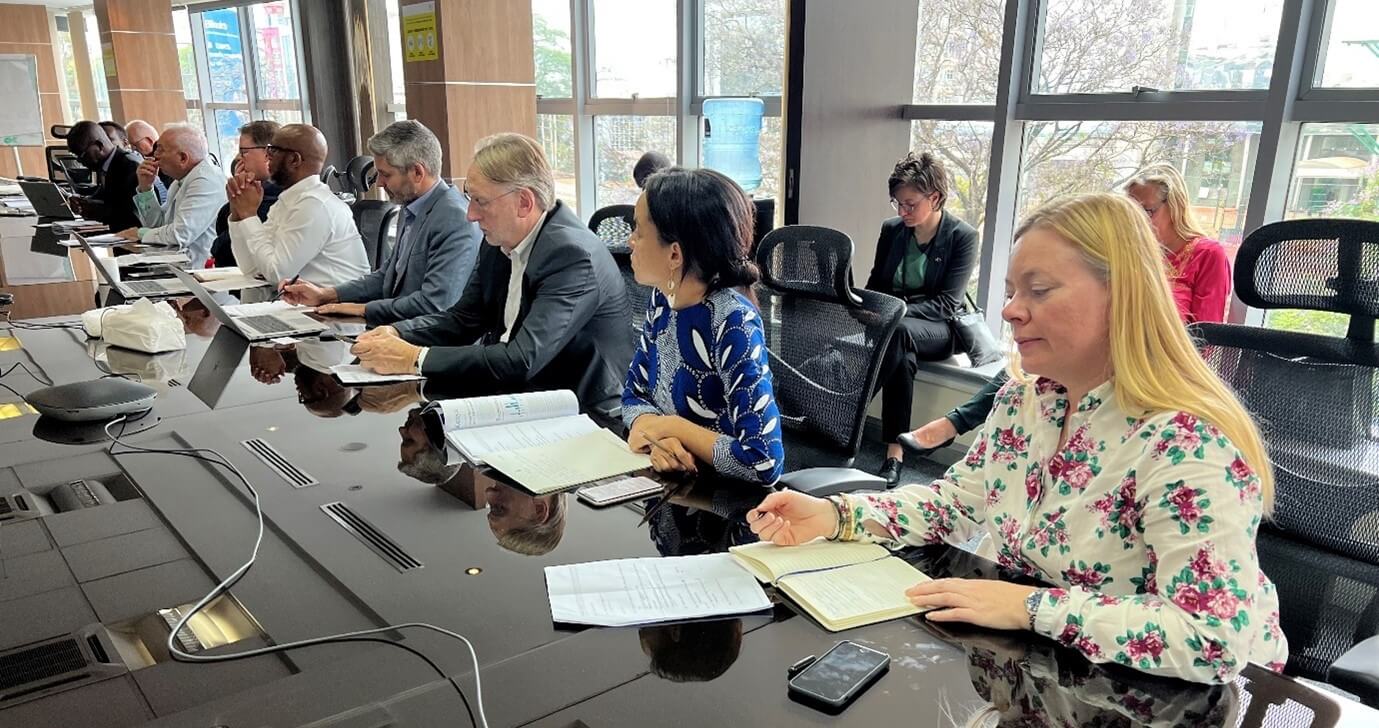
![How EU-Africa partnership is unlocking sustainable trade in Africa [Op-Ed]](https://www.trademarkafrica.com/wp-content/uploads/2022/06/eu.webp)


